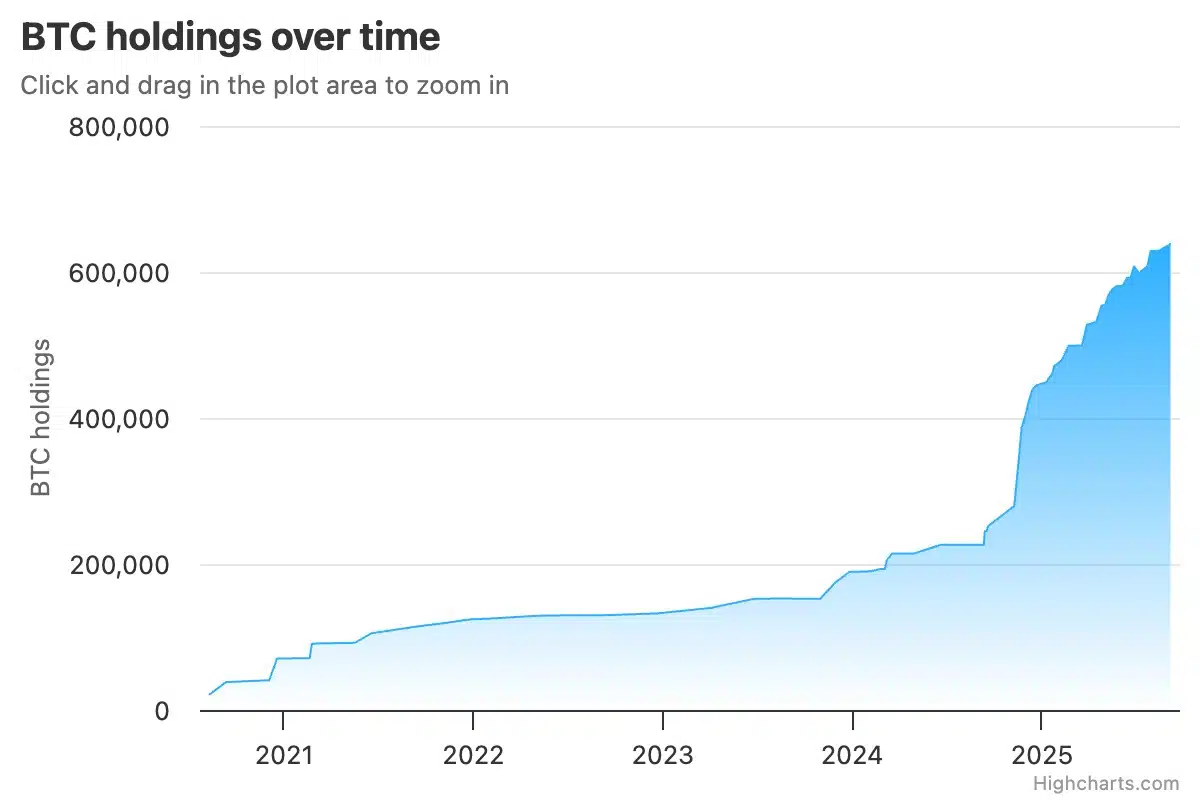The idea of Bitcoin hitting $1 million, once just loud talk from the market’s fringes, is now being quietly modeled in Wall Street’s corner offices. This isn’t about hype; it’s about a pattern.
Analysts are looking at the S-curve, the same adoption path that took gold mainstream in the ’70s and the Internet in the ’90s. With the launch of Spot Bitcoin ETFs, the floodgates for institutional money finally opened, potentially redrawing Bitcoin’s entire future.
Global chaos pushing Wall Street’s buttons
Big money isn’t flocking to Bitcoin out of curiosity. It’s a defensive move. Governments are drowning in debt, money printers are working overtime, and global tensions are high. This environment has managers scrambling for an asset that sits outside of any single country’s control.
Bitcoin’s hard cap of 21 million coins is its entire sales pitch.
That simple fact looks increasingly attractive when compared to the endless creation of traditional currencies. The “digital gold” story is catching on fast in serious financial circles. In a world this shaky, adding a decentralized, un-censorable asset to a portfolio is starting to look less like a suggestion and more like a necessity.
The ETF – Wall Street’s official welcome mat
For a long time, the big financial firms watched from the cheap seats, scared off by murky regulations and the headache of actually holding crypto. The U.S government’s approval of Spot Bitcoin ETFs in early 2024 changed everything. It gave them a familiar, regulated, and easy way to buy in.

Source: Coinglass
Suddenly, giants like BlackRock and Fidelity weren’t just curious. They were hosts to a party that saw their ETF products swell with cash. BlackRock’s iShares Bitcoin Trust (IBIT) alone now manages a staggering $83 billion. This new, institution-friendly plumbing, complete with regulated futures and insured custody, has made Bitcoin feel safe for the big players.
This flood of cash made a 1-5% Bitcoin allocation feel less like a wild gamble and more like standard procedure. Especially since it doesn’t dance to the same tune as stocks and bonds.
Supply crunch meets a demand firehose
The most aggressive price predictions boil down to simple math – A fixed supply is meeting an explosion of new buyers. The Bitcoin code has a built-in “halving” about every four years, which automatically cuts the creation of new coins in half. This predictable supply squeeze is now running headfirst into a demand shock from corporate balance sheets and massive funds.
MicroStrategy, now rebranded as Strategy Inc., went all-in, hoarding over 632,000 BTC by August 2025. Their bet, combined with the billions pouring into ETFs, is giving life to models that see an almost vertical price climb.


Source: MicroStrategy’s Bitcoin holdings/Bitbo
The old Stock-to-Flow models were often criticized for being too simple, but their basic idea—that scarcity plus demand equals a higher price—is playing out in real time. Cathie Wood’s ARK Invest took this logic to its extreme, floating a potential $2.4 million price by 2030, with institutional money as the main rocket fuel.


Source: S2F Charts/Bitno
Final boss – Governments and sovereign wealth
The last piece of the puzzle could be nations themselves. To get out from under the U.S dollar’s thumb and protect against political fallout, some countries are starting to buy Bitcoin.
El Salvador’s legal tender law and Bhutan’s secret mining farms were the canaries in the coal mine. The real news is quieter – Massive sovereign funds in places like Norway and Abu Dhabi are now dipping their toes in, buying Bitcoin directly or through other companies and ETFs.
This starts a dangerous game. As more countries join in, the risk of not owning any Bitcoin goes up, potentially kicking off a global scramble.
What could kill the million-dollar dream?
However, this climb is a minefield. The path to a million-dollar Bitcoin isn’t guaranteed.
- Governments could still spoil the party – While rules like Europe’s MiCA and friendly U.S. bills like the GENIUS Act are positive, the danger of a coordinated global crackdown hasn’t vanished. If the world’s major powers decide to turn hostile, they could stop this trend cold.
- Crowded field and central bank copies – Bitcoin isn’t alone. It’s competing with thousands of other digital assets. More importantly, Central Bank Digital Currencies (CBDCs) could steal the show for everyday payments, leaving Bitcoin as just a digital collectible for the rich.
- Ghost in the machine and a dirty footprint – Bitcoin’s massive energy appetite remains a PR nightmare for investors who care about ESG standards. On top of that, there’s the looming, long-term threat of quantum computers that could one day be powerful enough to crack the whole system, a fear even Ethereum’s Vitalik Buterin has pointed out.
Still, the conversation has fundamentally shifted. Bitcoin’s institutional era is here. The confluence of its rigid supply, a Wall Street-approved on-ramp, and a chaotic world economy has made the impossible feel plausible. The S-curve is in motion, and a seven-figure price tag no longer feels like a fantasy, but an endpoint.
